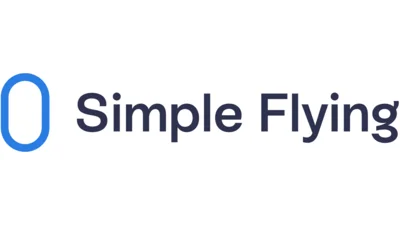Barry Biffle, CEO of Frontier Airlines, highlighted that "revenue and network initiatives had contributed to its record Q4 revenue result," setting expectations for significant growth in revenue per available seat mile (RASM) in 2025. Biffle also noted that this growth would support their goal of achieving double-digit adjusted pre-tax margins by summer 2025.
The airline's focus on peak day flights played a crucial role in its improved performance. RASM increased by 15% year-on-year due to disciplined capacity deployment. In contrast, several operational metrics saw declines; capacity decreased by 2%, average stage length dropped by 8%, total block hours fell by 3%, and daily aircraft utilization declined by 15%.
Despite carrying more passengers—8.5 million in Q4 and 33.2 million throughout the year—the load factors showed minimal growth. Aircraft were filled to an average capacity of 78.3% during Q4, slightly up from before.
Fuel price reductions benefited Frontier Airlines in Q4 as well; however, cost per ASM (CASM) rose by 10% while CASM excluding fuel went up by 26%. Full-year figures indicated a decrease in CASM but an increase in CASM-ex.
Throughout the year, various revenue-boosting strategies were implemented including upgraded seating options introduced in March and 'The New Frontier' product enhancements launched in May which offered clearer pricing options among other benefits.
Looking ahead into next year, guidance suggests adjusted diluted earnings per share (EPS) will be at least $1 with pre-delivery deposits for aircraft ranging between $10 million and $45 million alongside capital expenditures projected between $175 million and $235 million.
 Alerts Sign-up
Alerts Sign-up





































